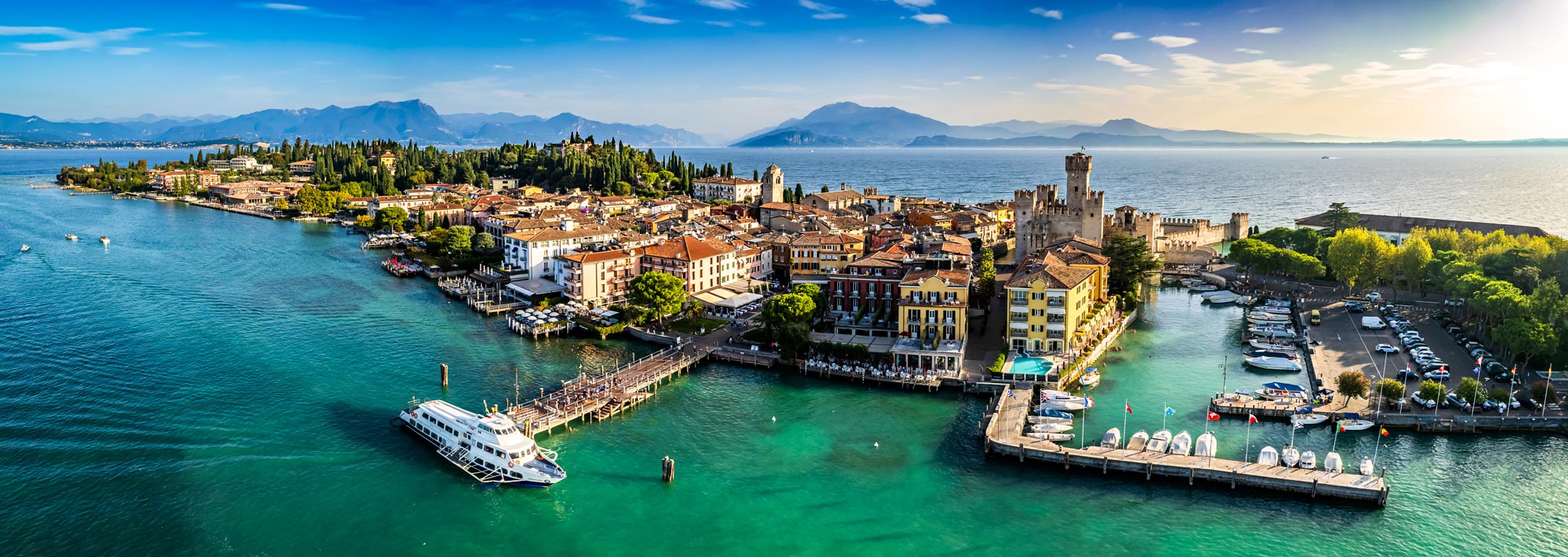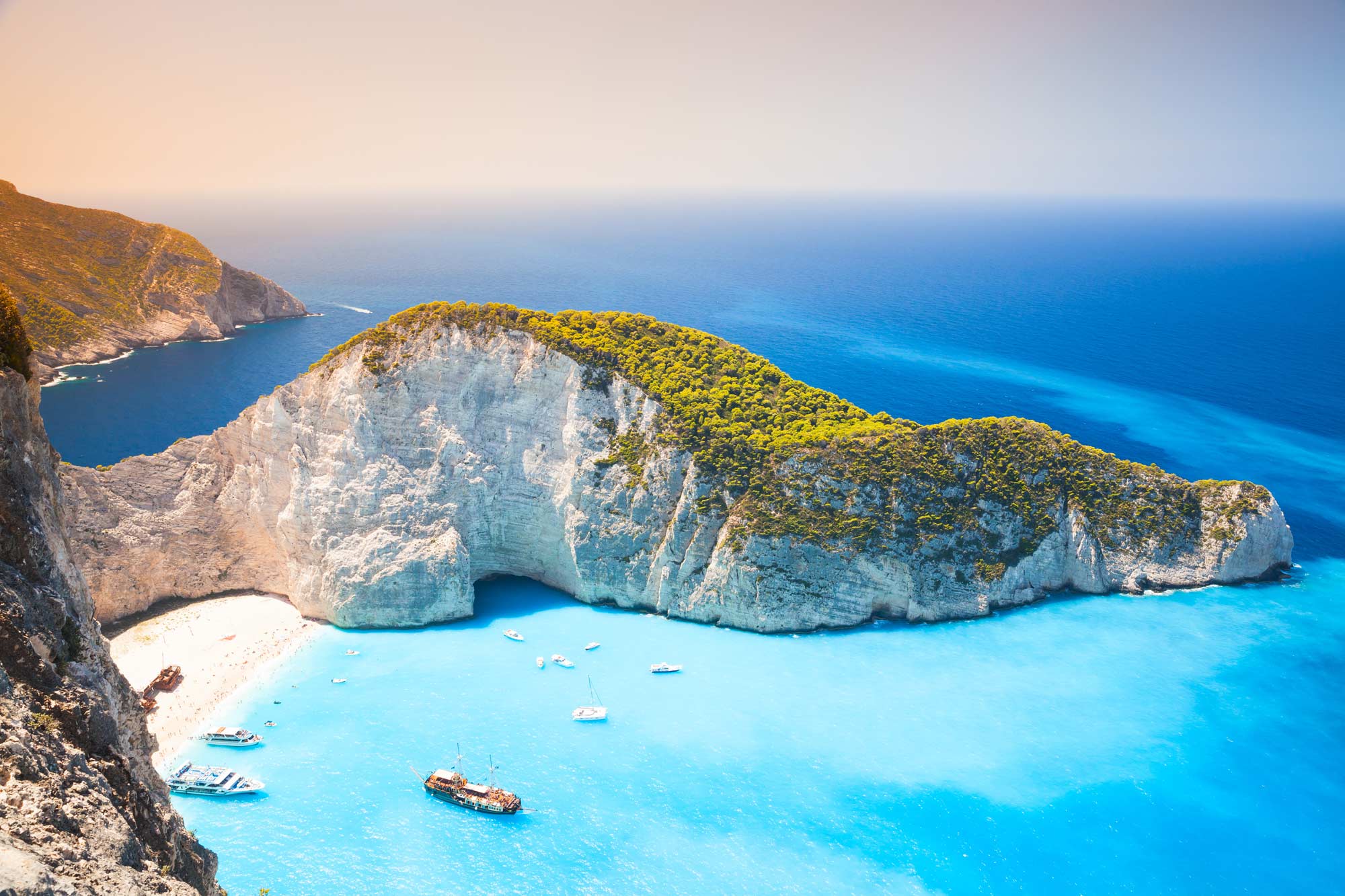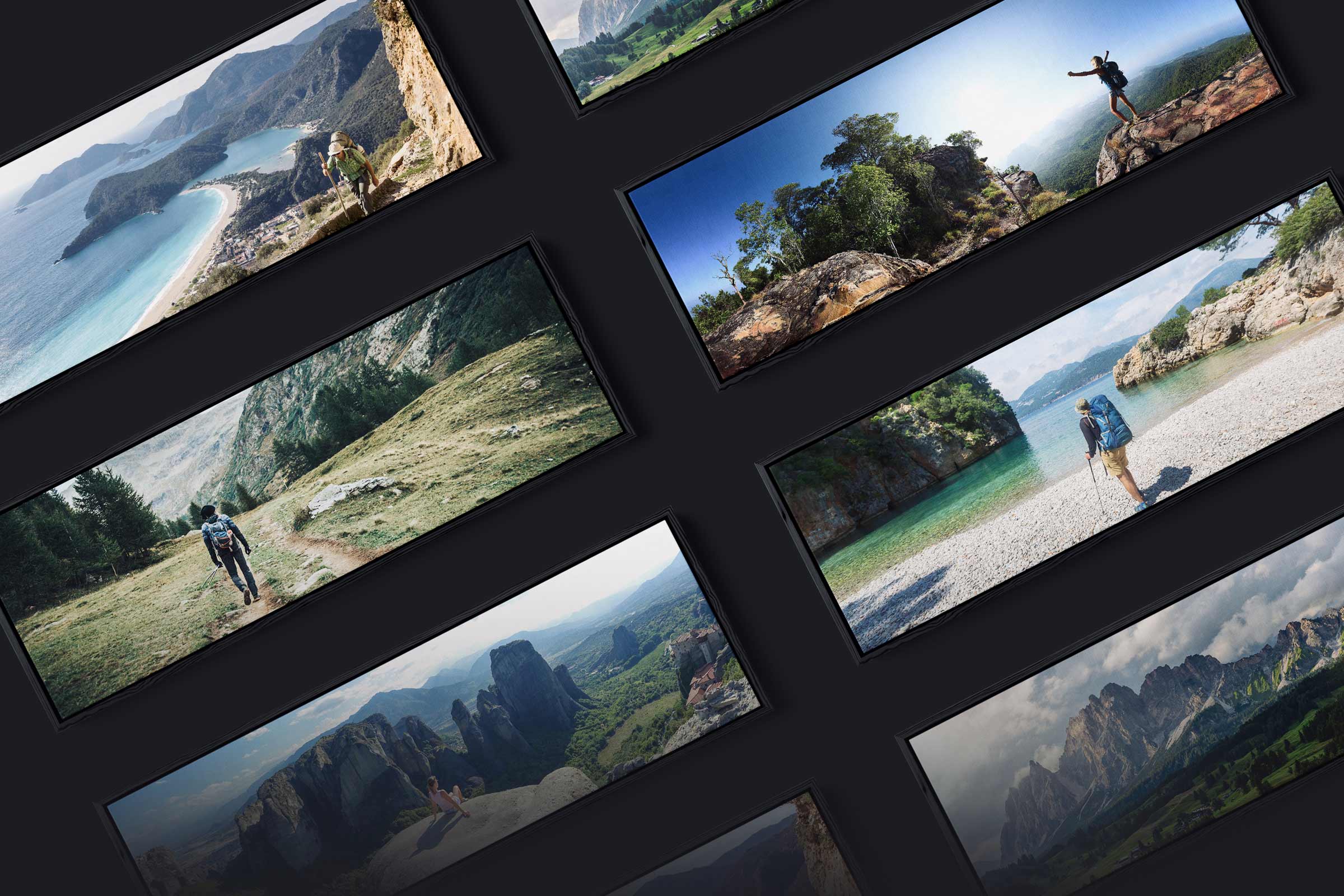Introduction to Drone Photography: The Sky's the Limit
Drone photography opens up a new horizon for creatives, offering an unprecedented view from above. With the evolution of technology, drones equip photographers with the ability to capture landscapes and scenes otherwise unreachable. This form of aerial photography is not only about elevation but also innovation, as it provides fresh perspectives and compositions. It challenges photographers to think three-dimensionally, considering factors such as altitude, weather, and drone capabilities. As artists master the skies with their drones, they transform the aerial images captured into compelling artwork ready to be brought to life through the medium of print.
Understanding the Basics of Drone Equipment
Before you can capture stunning aerial photographs, it's essential to comprehend the core components of drone equipment. A standard drone setup for photography includes:
- The Aircraft: This is the main body of the drone, featuring propellers and motors for flight.
- Camera and Gimbal: High-resolution cameras are mounted on gimbals for stability and control of the camera angle.
- Remote Control: Pilots use this to navigate the drone and adjust camera settings.
- Batteries: These provide power to the drone, with flight times varying by model.
- Storage: Memory cards are used to store the captured images and videos.
- GPS Module: Essential for location tracking, stabilisation, and autonomous flight patterns.
Knowing your equipment inside and out is crucial for successful drone photography.
Mastering Flight Control: Techniques for Smooth Operation
When capturing drone photography that will later transition into printed art, mastering the stability and smoothness of flight control is crucial. Pilots should prioritise the following techniques:
- Calm Weather Flight: Utilise calm weather conditions to avoid turbulence, maintaining steady aerial platform.
- Gentle Manoeuvres: Execute turns and movements gently, minimising abrupt changes for more cinematic shots.
- Precise Throttle Control: Perfect throttle control to hover without fluctuations and ascend or descend smoothly.
- Practice Drills: Regularly practice figure eights, hovering, and slow panning to enhance control finesse.
- Automated Flight Modes: Use drone's GPS and automated flight modes for stable pathways when possible.
By integrating these strategies, drone pilots can greatly enhance the smoothness of their operations, resulting in higher quality imagery for printing drone photography.
Weather Wisdom: Choosing the Perfect Conditions for Flight
Pilots must scrutinise weather forecasts meticulously to ensure optimal conditions for drone flights. Ideal scenarios feature:
- Light Winds: Gentle breezes prevent camera shake and ensure sharper images.
- Clear Skies: Ample sunlight enhances colour fidelity and detail in photography.
- Stable Air: Turbulence-free weather allows smooth manoeuvring and reduces the risk of equipment damage.
- Golden Hours: Flying during sunrise or sunset can capture warm tones and long shadows, adding depth to aerial images.
- Dry Conditions: Moisture can damage drone electronics and cloud lenses, so avoiding precipitation is paramount.
Choosing the appropriate weather is pivotal, as it influences flight stability, image quality, and overall safety.
Camera Settings and Techniques for Capturing Stunning Aerial Shots
To produce breathtaking aerial images suitable for high-quality drone prints, certain camera settings and techniques are pivotal:
- Shoot in RAW format for maximum post-processing flexibility.
- Utilise a low ISO setting to minimise noise.
- Set the shutter speed fast enough to prevent motion blur, which might be higher due to drone movement.
- Use manual or auto exposure bracketing for dynamic range enhancement.
- Implement exposure compensation to adjust for bright skies or dark grounds.
- Lock focus on the primary subject or use a small aperture for greater depth of field.
- Employ gimbal stabilisation for sharper images.
- Capture during golden hours for softer lighting.
Additionally, employ drone manoeuvres such as sweeping, panning, or orbiting to add an artistic flair to the aerial perspectives.
Creative Angles and Compositions from Above
Capturing images from a drone affords photographers unique advantages in composition. The elevated perspective can uncover patterns and shapes otherwise hidden at ground level. Enthusiasts should explore:
- Symmetry and Geometry: Look for balanced compositions in architecture, agricultural fields, and urban grids.
- Leading Lines: Use roads, rivers, and pathways to guide the eye through the photograph.
- Natural Abstraction: Seek out textures and formations in natural landscapes that become abstract art from above.
- Framing: Utilise natural or man-made frames to encapsulate the subject, adding depth and context.
- Scale and Juxtaposition: Position subjects in vast spaces to create contrast between elements.
Experimenting with these aspects can turn a simple aerial shot into a compelling piece, worthy of high-quality printing and display.
Panoramic Drone Photography
In the realm of aerial imaging, panoramic drone photography has revolutionised the ability to capture sweeping landscapes from unique vantage points. Enthusiasts must consider several critical aspects:
- Equipment Selection: Utilise drones with high-resolution cameras and multiple-axis gimbals to ensure sharp, stable images.
- Image Stitching: Employ software capable of seamlessly merging multiple photos into panoramic vistas.
- Flight Planning: Pre-plan flight paths to cover the entire desired scene, making sure to overlap images for easier stitching.
- Perfect Timing: Choose optimal lighting conditions, often during golden hours, to enhance the depth and drama of the panorama.
- Post-Processing Mastery: Refine colour balance, correct lens distortion, and adjust exposure for a uniform look across the stitched panorama.
Artfully printed, these panoramas transform into breathtaking large-scale displays, inviting viewers to a near-immersive experience of the captured landscape.
Editing Your Aerial Photos: Software and Tips for Post-Processing
Once you have captured your aerial images, post-processing plays a crucial role in transforming them from good to great. The choice of software can significantly affect the outcome, and some of the most used are:
- Adobe Photoshop
- Adobe Lightroom
- Skylum Luminar
- Capture One
When editing, follow these tips:
- Correct Lens Distortion: Drone cameras often have wide-angle lenses that can distort the image. Use the lens correction feature in your editing software to fix this.
- Adjust Exposure and Contrast: Balance light and shadow to ensure your image has depth.
- Enhance Colours: Aerial shots can sometimes look washed out. Boost the saturation or vibrance slightly for a more captivating image.
- Sharpen the Image: Apply subtle sharpening to bring out the details.
- Remove Unwanted Elements: Clean up any distractions in the photo to maintain focus on the subject.
Remember, less is often more in post-processing; avoid over-editing to keep the photo looking natural.
Drone Photography Projects: Ideas to Spark Your Creativity
- Landscape Series: Capture the changing seasons of a specific landscape, showcasing alterations in colour, light, and texture.
- Architectural Studies: Focus on the symmetry and patterns of buildings or bridges from unique aerial perspectives.
- Events from Above: Document festivals, markets, or sports events, highlighting the congregation of people and activities.
- Night Lights: Explore urban areas at night, emphasising the glow of city lights against the dark landscape.
- Coastal Views: Chronicle the interface between land and water, emphasising the waves, shoreline, and marine life.
- Rural Life: Capture the simplicity and beauty of rural settings, including farming activities and untouched wilderness.
- Abstract Art: Look for interesting shapes, lines, and colours to create visually intriguing compositions that challenge perception.
Printing Your Drone Photography
Once their drone photography is perfected, professionals often consider printing drone photography as the next step to showcase their aerial art. They choose high-quality papers that convey the texture and depth of their images. Lustre or glossy finishes may be preferred for vibrant landscapes, while matte might better suit subtle tones.
Professionals may opt for:
- Giclée prints for exhibition-grade reproductions.
- Metallic paper to accentuate contrast and colour saturation.
- Canvas prints for a timeless, gallery-like feel.
They ensure colour fidelity by calibrating printers to match the digital hues. They understand that a high-resolution image is critical for large-scale prints, avoiding pixelation. Using professional printing services is recommended for consistency and longevity of the prints.
Showcasing Your Work: Tips for Sharing and Selling Aerial Images
- Choose the Right Platform: Select online galleries or stock photo sites that cater specifically to aerial photography.
- Diversify Your Portfolio: Include a variety of landscapes, urban scenes, and abstract patterns.
- Watermark Your Images: Protect your work without obscuring the image’s impact.
- Engage with Your Audience: Utilise social media to build a following and interact with potential buyers.
- Offer Different Formats: Provide digital copies, framed prints, and canvas options.
- Exhibit Your Work: Participate in local art shows or galleries to reach art collectors.
- Price Accordingly: Consider the uniqueness, demand, and printing costs when setting prices.
- Leverage Testimonials: Showcase customer feedback to build trust with prospective clients.
- Collaborate With Others: Partner with interior designers or businesses that can use your aerial images.
- Stay Updated: Keep up with trends and technology in aerial photography to maintain relevance.






